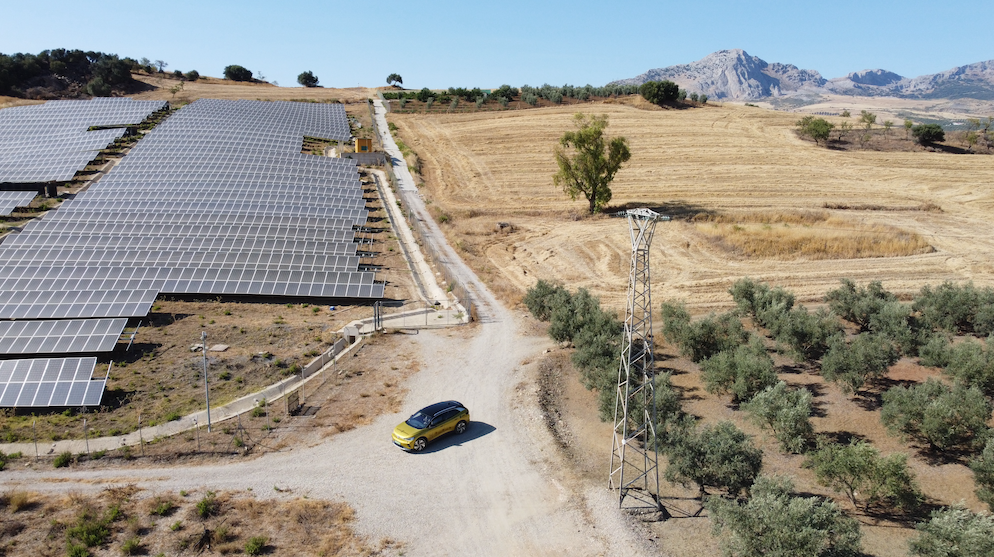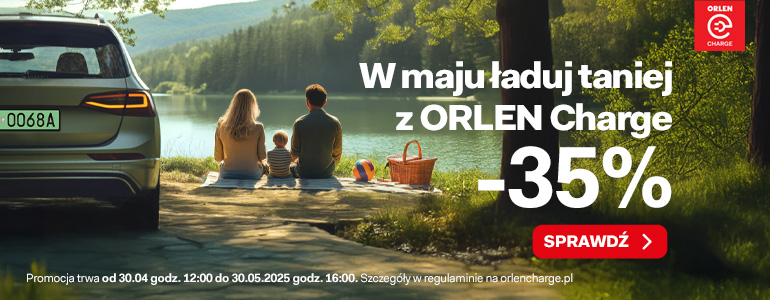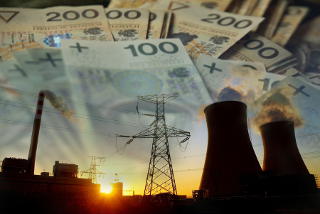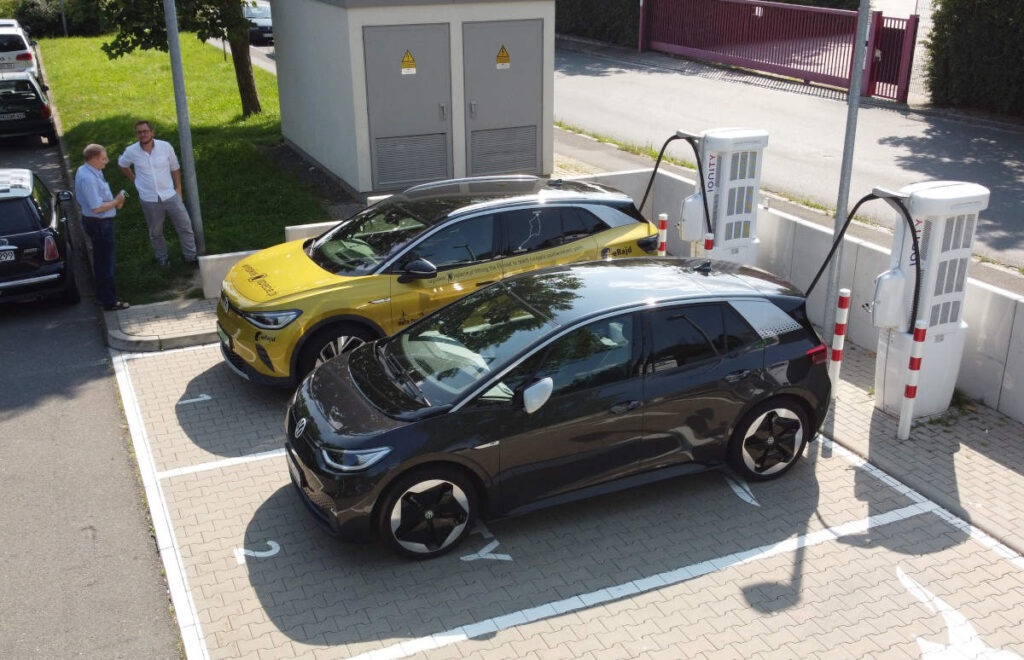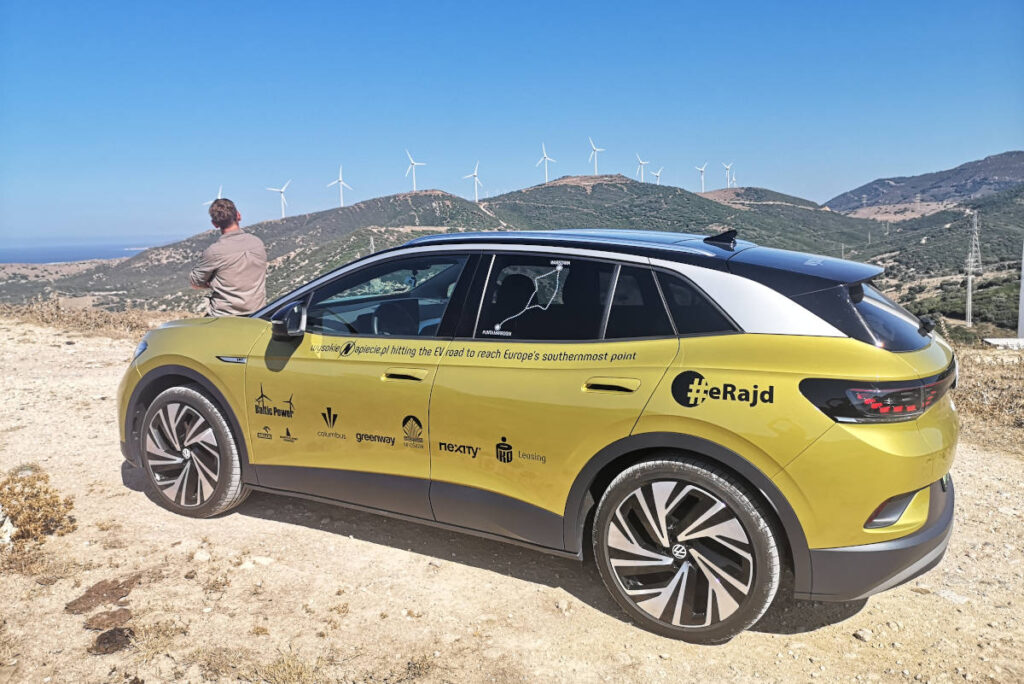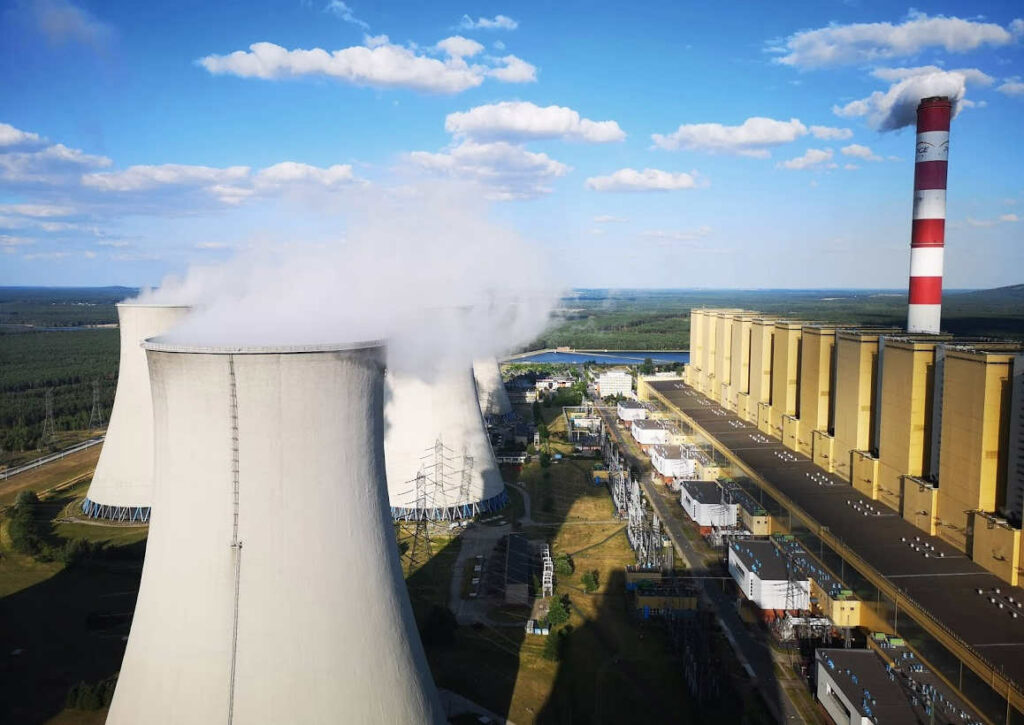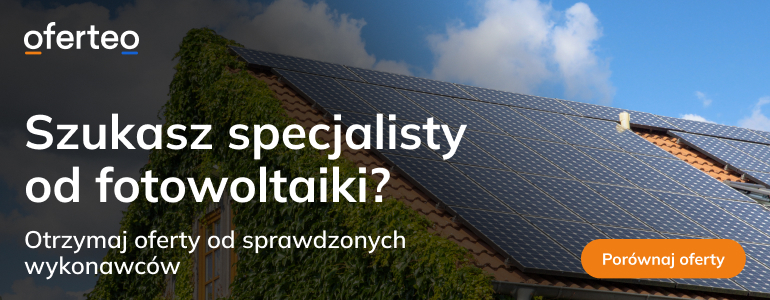Spis treści
How long it took
One of the recurring complaints from people who don’t have an EV and look for reasons not to get one is that charging extends journey time and they are not into that. True, true. It does. Let’s see, then. The distance from Warsaw to Punta Marroqui is 3500 km (2174 miles) and you could do the distance driving continuously in 34–40 hours (average speed of 87-103 km/h — mostly unattainable). Adding all the breaks for refuelling, food, and bio breaks plus the joys of traffic jams, detours, road works, toll gates, etc., we’re talking about 44–46 hours in an ICE (internal combustion engine) car.
The yellow submarine, ID.4, did it in three stages of 1370 km in 18 hours, 1117 km in 12 hours, and the final 1100 km in 13 hours. The total of 53 hours is 13% longer than the optimal ICE drive. Well, I can live with that. Can you? Interesting data comes from breaking it up into categories — driving took 38 hours, charging took 12 hours (of course, that time was used for dining and bio breaks plus EV talks), and other breaks took 3 hours (these could actually be removed from the equation if we only focused on getting from A to B (my favourite style, which is compromised only when driving with my family).
Charging network
I said it before and I am happy to repeat it — it is getting better and better. There are more superfast chargers, more hubs, more AC chargers in cities, and more chargers at hotels, restaurants and tourist attractions. The Tarragona mishaps at two hotels can’t blur the whole picture of e-mobility in Europe, and while our team struggled to get from charger to charger in 2019, and slowed down on motorways to reach a desired charger in 2020, we were simply fussy this year, deciding between this or that type of charger.
What may still cause worry is the failure rate of charging infrastructure — from non-working RFID cards, to frozen interfaces, overheated cables, and finally power shortages, you may expect more reliability at petrol stations, I hate to say. On the bright side, the team met dozens of families in their EVs who had experienced all of these misfortunes and when asked about next year’s holidays — EV or ICE — ALL of them said they wouldn’t trade driving their EV, as it met their expectations in everyday use.
Roaming
It’s improving. I can see that. But we’re still quite a distance from the ideal. In Poland itself, we have several operators, all with their own apps, payment systems, and everything else involved. The process of pooling the operators is happening, but driving through “united” Europe, you still face the need to have a few cards, apps, and a lot of patience.
The team got to use the We Charge card from Volkswagen, which was a nice surprise, as it offers good coverage (as long as the RFID readers actually work). GreenWay is a partner on this adventure, and we hope to test the Eastern and Central Europe platform on our way back. And there’s Nexity, a Polish startup, which helped a lot in Western Europe. Operating on a Scandinavian platform, it offers over 175.000 charging points across Europe — one app, many operators, simple payment method.
One thing is certain — fewer cards/apps are being used this year compared to previous long-distance trips.
Costs
EVs win. By far. Correcting figures from the previous article, I can report the total cost of doing the 3580 km was $233, which is $6.5/100km! Beat that, diesel or petrol car! A comparable SUV would burn fossil fuels at $11.6–13.5/100km, depending whether it’s diesel or petrol.
The thing is, the EV could go even cheaper if there was no hurry. You could use slower charging stations, charge at hotels more, browse for free charging (that still happens). Our team’s ID.4 used many superfast chargers, and these are costly. Does this lower cost balance well with the 10% longer travel time? I’ll let you judge it for yourself. I know where my liking is.
Biking in Spain
The yellow submarine and its two drivers all deserved some chill-out time. The thing is, there is no chill in Spanish Andalusia. The obvious reason for that is the region is the hottest in Europe. Fair enough. There is, however, much more to the story.
While heat waves have been in the area for thousands of years, climate data show beyond any doubt they are coming more often and with more severity. The report from AEMET (Spanish weather institute) shows that since the ’80s, summer in Spain (with temperature as the main indicator) has become longer by a full month! Tropical nights (with temperatures above 20 degrees Celsius) are getting more common, affecting people’s health, and lives. In fact, 30,000 square km of Spain have become semi-deserts over the last 50 years and the problem of desertification is affecting large areas of the Iberian peninsula.
A painful sign of the changes is some species of cypress that are finding it more and more difficult to grow in the warming up climate of southern Spain. While you have seen postcards with picturesque roads with rows of cypresses on both sides, these images may soon disappear.
Be mindful, as I bet you are, these dynamic changes are taking place when the global temperature rose by 1 degree compared to the pre-industrial era! Despite many efforts, we’re still on a path to 3 degrees, and that would mean a disaster to Andalusia and Spain (let alone the rest of the world). Like most other countries, Spain is contributing to global warming and the country continued to subsidize coal mines way longer than it was necessary.
Today, the focus on renewable energy is in full swing. In 2020, Spain produced 115TWh of energy from renewables, including 55 TWh of wind energy and 21 TWh of solar energy. Offshore wind farms are now in the making from Iberdrola, the energy giant. Changes are happening in most countries, including Spain and Poland. We all know they are too slow and hopefully new EU regulations will speed things up (including the announced ban of ICE registrations after 2035, yet to be voted).
To escape the heat, the team turned to the mountains, and good motivation for that was a prearranged test of another electric vehicle — a two-wheeler this time from Fuji, with 250W motors and a 500Wh battery. The destination was ambitious — Pico Veleta, Europe’s highest paved road, which almost reaches a summit of 3498m. Interestingly, it is a hot spot for bike lovers as well as car manufacturers. The winding road of the peak attracts test drivers in new models from most European manufacturers — our team could spot two electric BMWs, a new Mini, and more. We know that Mercedes and Volvo use the site for their tests as well.
Before jumping on the bikes, then, our guys climbed as high as they could (2500m) in our yellow submarine. The ID.4 did well, and as before, the climb was smooth and the charge down was even more pleasant (average consumption of 17.1 kWh/100km). Anyway, the WysokieNapiecie boys were there for the bikes, and these surely exceeded their expectations. Climbing the ascent of 900m along the 12km ride, with speeds of 15–25 km/h, was only possible with electric support. Not to say our team is unfit to do the same without the electric engine support. They are, they could do that, they simply chose not to.
Skiing in Andorra (?)
Our next stop was Andorra. The drive was 1000 km to replace the Sierra Nevada mountains with the Pyrenees. There was no story here — kind of boring, really — with Ionity charging stations all along the route, every 190–250 km. The yellow submarine simply moved along smoothly, the team enjoying the views and making more EV talk (one Dutch family was saved by the NEXITY app, as they were holidaying in a rented Peugeot e-2008 and struggled with roaming). They also noted down more stats.
The distance took 12 hours, including 9.5 hours driving and 2.5 hours of breaks, about 1 hour more than a comparable ICE vehicle drive. The reward was the destination itself — Andorra. It was chosen deliberately, as its history is closely connected with renewable energy and climate change — and we are energy freaks mostly interested in renewable energy and climate change.
Andorra made its way into the history of renewable energy about 100 years ago when it commissioned the construction of a hydropower plant, offering concession to do so to foreign investors in exchange for the promise of building roads in the country. What a smart move for a small country made up of clusters of farms, pastures, and almost no natural resources and located on the outskirts of any major transport routes (at the time, of course). The 28MW power plant literally modernized the country. The construction involved most of the country’s population, the first bank was opened in the power plant building, the first driver licenses were issued in the same building, the driver license exams were administered by one of the engineers, and the hotel our friends are staying at used to be the accommodation for the builders of the power plant. What a story!
Once up and running, the power plant exported 90% of its output, but things have changed, obviously, as the country has developed, grown in population, and attracted more and more tourists. From originally being an energy exporter, it quickly became an importer of dirty coal energy from its neighbors, indirectly contributing to what is their curse today — global warming. Andorra depends on tourism, and that is mostly winter skiing tourism. Its unique micro-climate meant 9 months of winter and 3 months of summer (with all construction and repairs needing to happen in that short time, resulting in this period commonly being called “hell”). The country is painfully aware of the changes happening now, and the fact that it may well lose its charm as skiing conditions disappear for good.
As Andorra is investing in more renewable energy projects, we must all add our brick to this effort. The ones who contribute the least quite often suffer the most, and I’m not comfortable with that. Coming from Poland, I realize how difficult the energy transformation is. Not because it’s technically challenging, but because political populists choose to play this dirty coal card to win a few more silly votes without much reflection on what the consequences are. I also know we are ready for the transformation, as Poles have installed about 750,000 solar PV installations (a total of 5 GW), heat pumps are becoming a serious alternative to coal and gas, and home EV chargers are not a strange customer request anymore, as noted by Dawid Zieliński, president of Columbus Energy, the leading PV company in Poland, when talking to WysokieNapiecie.pl journalists.
As much as it is fun to drive the ID.4 across Europe, it’s hard to turn a blind eye to what can we witnessed along the way. I hope electric journeys like this one will continue in the future and we will be able to report more and more positive changes in Europe, including in Poland. Stay tuned — there is still more to come from the yellow submarine.
The text was also published on CleanTechnica.com

